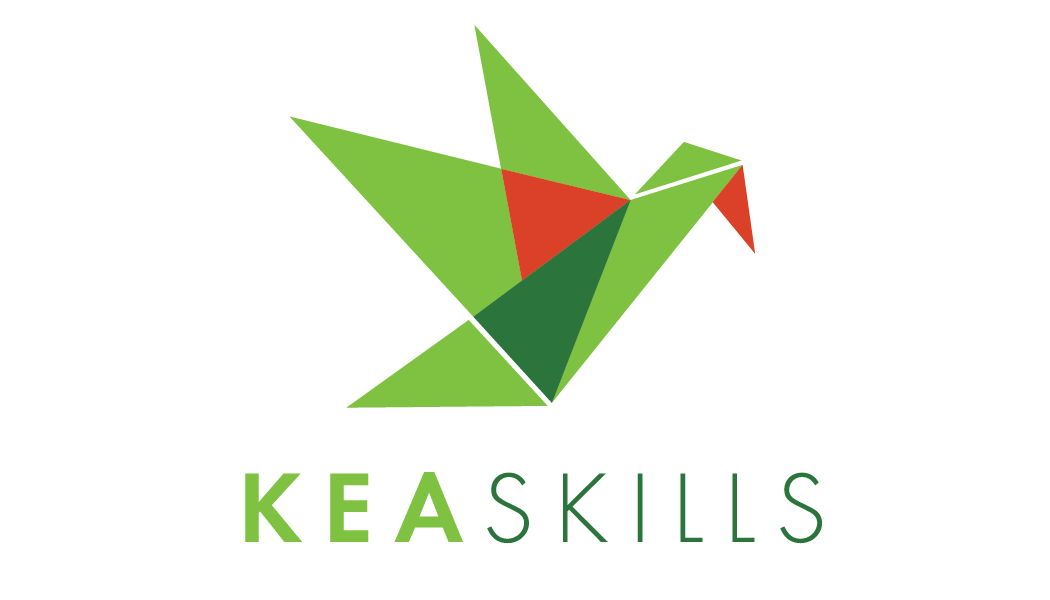KEA Assessments
Timed “flight simulators” where employees can demonstrate critical leadership skills in a realistic business environment
1. SETTING STRATEGIC PRIORITIES
When opportunities outnumber resources, both hard and soft skills are needed to identify the most important projects and activities. The SSP Assessment mirrors the reality of making strategic investment decisions with limited information under realistic political pressure and time constraints.
The participant enters a dynamic environment where high level objectives are provided by the top team and project champions each seek funding for different initiatives. To meet this challenge the participant will interpret stated objectives, identify viable investment options and navigate the politics surrounding the process.
2. PERSUADING THE BOARD
A litmus test for leaders is whether they can enlist others to bring their vision to life. The PTB Assessment brings to life the difficult but realistic challenge of persuading a divided group of powerful stakeholders to support an ambitious growth agenda.
The participant is asked to build consensus around the organization’s strategic agenda to gain Board approval. To meet this challenge requires vetting information, analyzing data, building alliances and negotiating around trade-offs.
3. LEADING THROUGH CRISIS
Unforeseen and potentially devastating crisis situations test the true mettle of leaders. The LTC Assessment requires a skillful, timely operational response and clear communication to limit the impact of the initial crisis and avoid triggering a chain reaction.
The participant is immersed in a business setting when a crisis strikes. As in real crises, the speed of the initial reaction must be tempered with sensitivity to the situation. To meet this challenge requires tolerance of ambiguity, strategic communication, team leadership and managing uncertainty.
Gain valuable insights on how your people work and learn where they truly excel.
KEA Reports
We measure leadership skills across 10 essential knowledge domains.
- Strategic Thinking – considering alignment with objectives while making tough choices about competition, value and timing
- Critical Analysis - evaluating and manipulating text, data and other inputs to test hypotheses and reach conclusions
- Creative Problem Solving – addressing business problems with insights from metaphor, inference and insights rather than direct analysis
- Lateral Thinking – using indirect and creative approaches to consider a situation or set of options
- Decision Making Under Uncertainty - drawing conclusions without the all of the facts
- Data Intuition – using context, pattern recognition and related approaches to analyze data both qualitatively and quantitatively
- Resource Management - optimizing and managing investments and allocations of resources and talent
- Logical Reasoning – sequencing and prioritizing objectives according to known facts about cause and effect
- Effective Communication - keeping the right people and groups informed with appropriate amounts and types of information
- Political Intelligence - understanding motivations and power dynamics of individuals within an organization and its network
Find out who excels, who struggles and how your people harness data, creativity and teamwork to meet tough challenges.
These valuable hard-to-measure skills reveal how your High-potential Employees will look to achieve your organization’s current and future goals.
KEA Skills fills a critical gap in the understanding of your talent.
Getting the right people in the right place, at the right time, with the right skills is the essential challenge of talent management. Nothing is more important than accurately assessing the leadership capabilities of each member of your team.
Every time you under-estimate someone you miss out on potentially huge contributions they might make to your success. On the other hand, every time you over-estimate someone’s abilities you take unnecessary risk that they won’t be prepared for the next challenge they face.
Performance reviews look backwards. 360 feedback provides different points of view, and self-assessments look inward. Only KEA’s dynamic ‘scrimmage’ environment evaluates talent’s true leadership potential.

